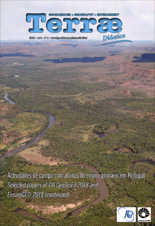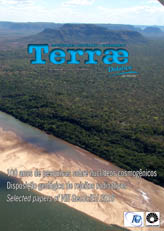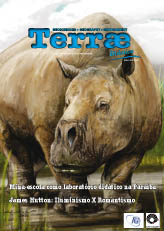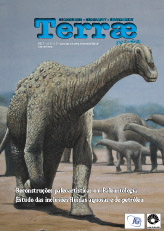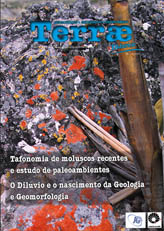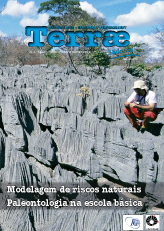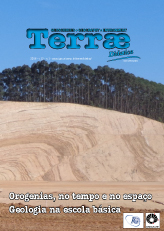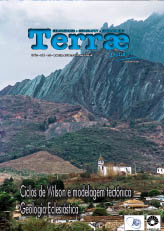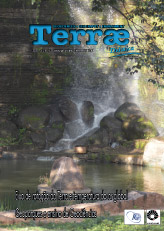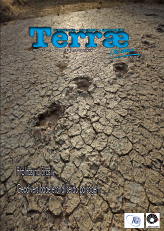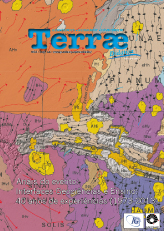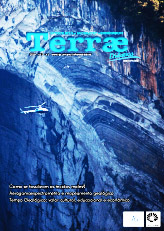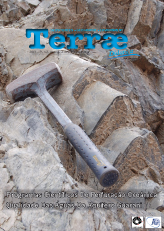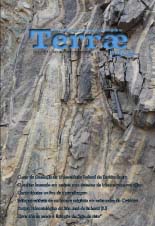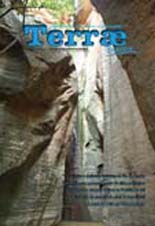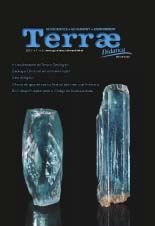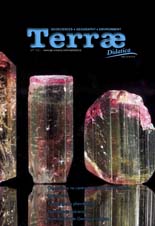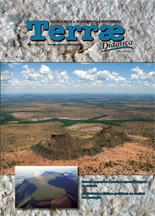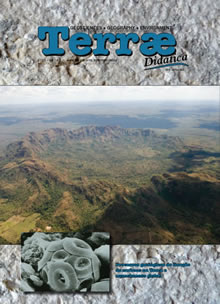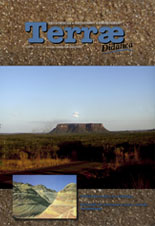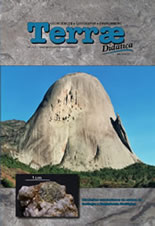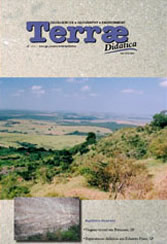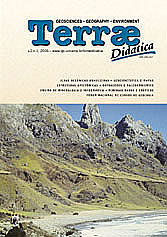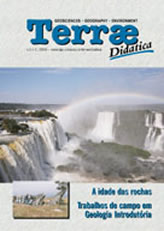Campinas-Brasil
ISSN 1980-4407

 ___________________
___________________ __
__
Volume 14, n2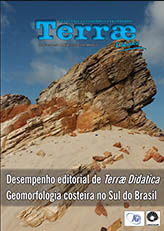
Volume 14, n1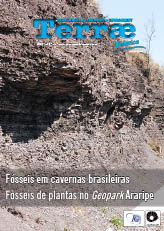
Volume 12, n3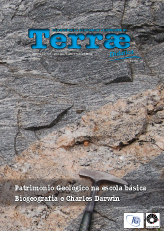
Volume 10, n2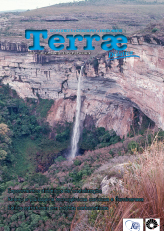
Volume 8, n2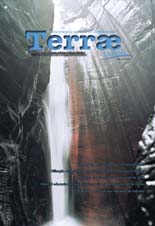
Associação entre poeira mineral e clima
Elaine Alves dos Santos
Bolsista CAPES-IODP. Universidade do Estado do Rio de Janeiro, UERJ. Rio de Janeiro, Brasil.
Email:elainealves1301@gmail.com
Claudio de Morisson Valeriano
Bolsista PQ-CNPq e CNE-FAPERJ. Universidade do Estado do Rio de Janeiro, UERJ. Rio de Janeiro, Brasil.
Email:valeriano.claudio@gmail.com
Corbiniano Silva
Bolsista FAPERJ. Universidade do Estado do Rio de Janeiro, UERJ. Rio de Janeiro, Brasil.
Email:corbiniano@gmail.com
Abstract: Through wind erosion, tons of mineral dust are carried into the atmosphere, interfering with terrestrial radiative balance, biogeochemical cycles, precipitation patterns, human health and air pollution. Given the climatic changes that can alter these mechanisms and patterns, it is necessary to expand this knowledge and, therefore, we present a review of the main tools used in the study of mineral dust, either by in situ collection or using solar photometers, such as Microtops II. We also present the determination of the provenance through techniques such as the isotopic signature of strontium and neodymium, and by atmospheric modeling, by the HYSPLIT system. Present and ancient examples of intercontinental transport are reported data are reported with data that can fill gaps in the climate history can fill gaps in the climate history. We intend for this review of the state of the art to contribute to the dissemination of knowledge and, above all, to create opportunities for developing research projects on aerosols.
Keywords: Poeira mineral, proveniência, clima, Hysplit.
DOI: 10.20396/td.v14i1.8650425
Copyright © 2005-2007 - Instituto de Geociências - Universidade Estadual de Campinas - UNICAMP - Brasil - Todos os direitos reservados -
Desenvolvimento: ![]()
